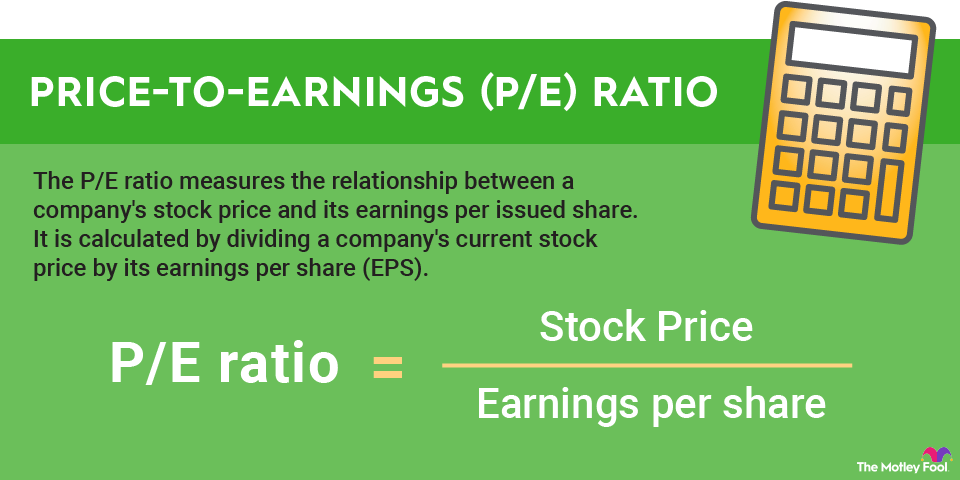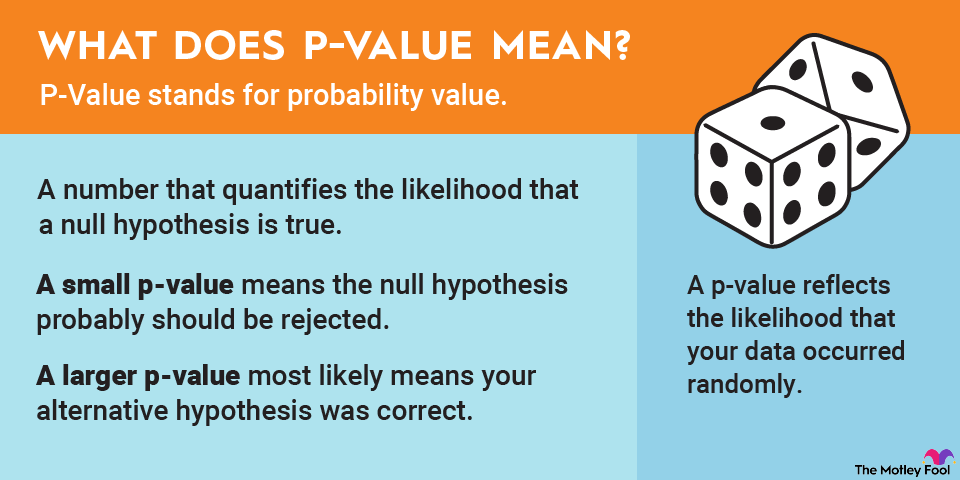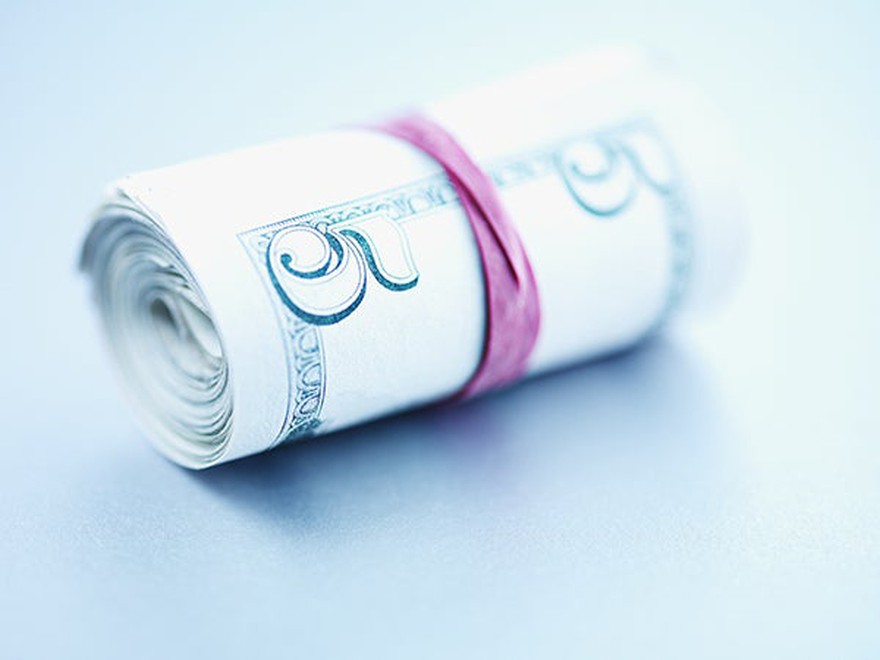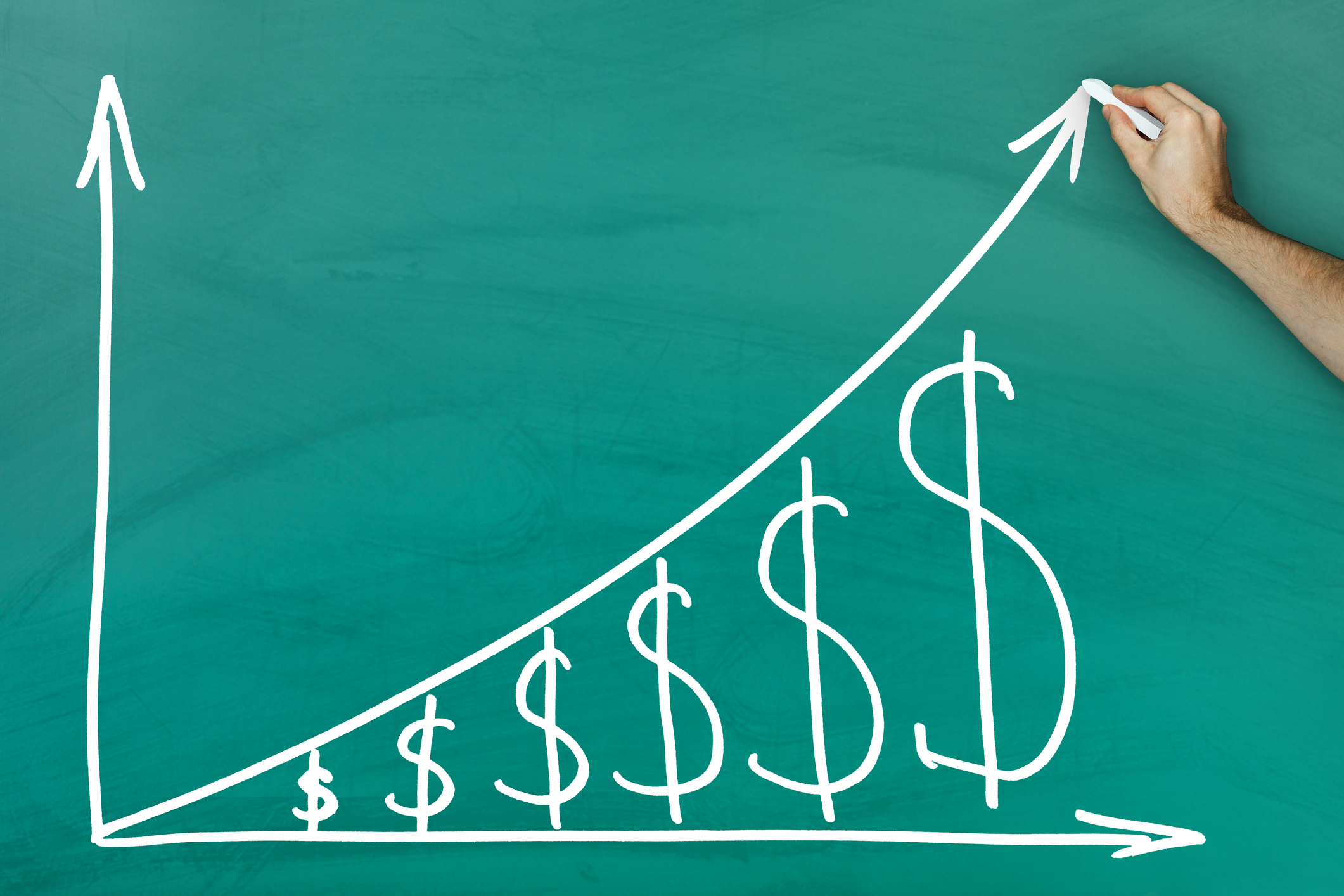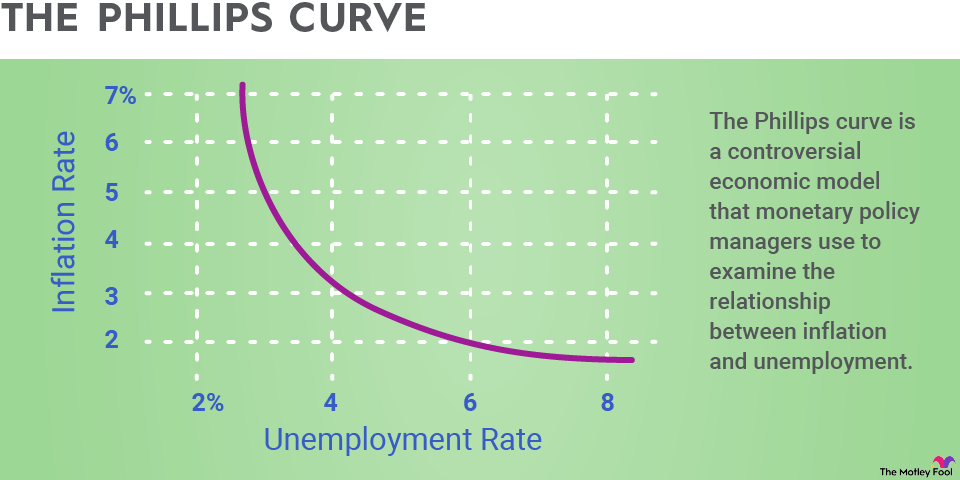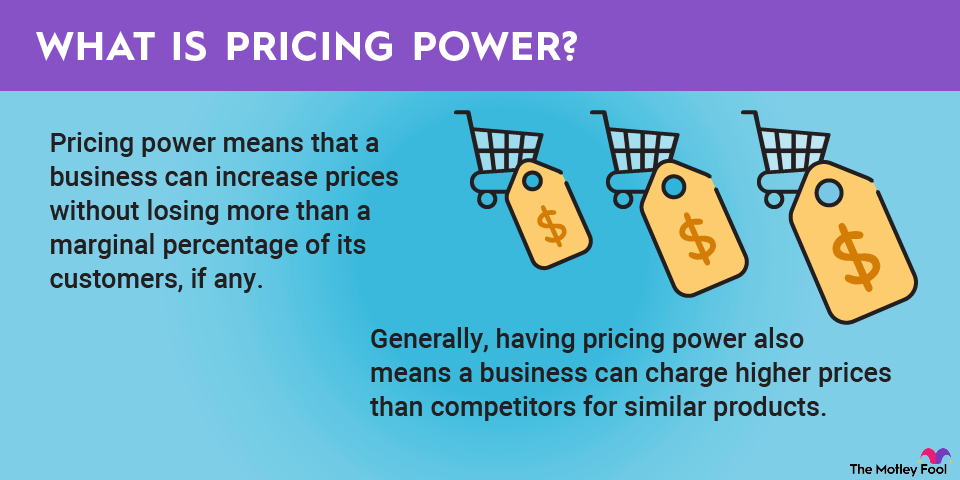
What makes Polkadot unique?
Most blockchains operate on their own and are entirely independent from one another. For example, Bitcoin (BTC +1.04%) has its own blockchain, as do Ethereum (ETH +2.66%), Cardano (ADA +9.45%), and other cryptocurrencies. They don't communicate with each one another, so decentralized apps (dApps) built on Ethereum and Cardano couldn't interact.
That's where Polkadot comes in. It's a multichain network, which means it can join different blockchains together. Developers who use it can build their own blockchains that are also able to interact with all the other blockchains in the Polkadot network.
Interoperability opens up new possibilities for the blockchains on Polkadot. Let's say that one blockchain allows users to invest in tokenized versions of stocks. It could obtain data from a separate blockchain with up-to-date stock price data.
Another benefit for developers is that Polkadot takes care of validating transactions and network security. Transactions are processed on the network's relay chain. This allows developers to focus entirely on their blockchain projects without needing to build a secure system for validating transactions.
Where Polkadot came from
Gavin Wood, a co-founder of Ethereum, came up with the idea for Polkadot and released its white paper in 2016. The next year, Wood and Peter Czaban founded a nonprofit organization, the Web3 Foundation, dedicated to the development of Polkadot. Robert Habermeier, who has a research and development background in blockchains, is also a co-founder of Polkadot.
In October 2017, the Web3 Foundation raised $145 million in Ethereum by selling DOT tokens. However, the wallet storing the ETH tokens was hacked, and about $90 million in funds were frozen. To recoup the loss, the foundation held a private token sale in 2019.
Polkadot rolled out in multiple phases. The initial version of the network launched on May 26, 2020. It completed the launch when its first five parachains went live on Dec. 17, 2021.
Metric | Polkadot | Cardano | Ethereum |
|---|---|---|---|
Launch date | May 26, 2020 | Sept. 27, 2017 | July 30, 2015 |
Native cryptocurrency | DOT | ADA | ETH |
Consensus mechanism | Proof of stake | Proof of stake | Proof of work (transitioning to proof of stake) |
Key feature | Multichain architecture | Development based on peer-reviewed research | First programmable blockchain |
Drawbacks | Limited number of parachains that are sold to highest bidder | Lengthy research and development process | Network congestion resulting in high gas fees and slow transaction processing |
Table by author.
Can I make passive income with Polkadot?
Yes, you can make passive income with Polkadot. Since it uses a proof-of-stake protocol to validate transactions, you can earn rewards by staking DOT tokens.
Polkadot has a somewhat complicated staking system. You're required to have a minimum number of DOT tokens to stake, and there are also maximum numbers of nominators and validators. Many investors opt to stake Polkadot through a crypto exchange because it's much easier.
The following exchanges support Polkadot staking:
It's worth clarifying that when you stake your crypto, you'll be earning DOT tokens. Since cryptocurrency is volatile, the value of your earnings will fluctuate based on Polkadot's price. If you want something more stable, you can trade those DOT tokens for stablecoins or sell them for cash.
Unique risks with Polkadot
One potential issue with Polkadot is the limited number of parachains. It estimates that the network will be able to support approximately 100 parachains, although it will take time to reach that goal. Parachain slots currently get sold in auctions and are leased out for up to 96 weeks.
This will likely make it difficult for smaller projects with less funding to secure their own parachain slots. The setup is tilted in favor of projects with a large amount of capital behind them.
Polkadot's governance system is also weighted toward those with more funds. DOT is a governance token, which gives holders the right to make and vote on proposals. However, you need to lock up DOT tokens to make a proposal, second a proposal, or vote. And, when you make or second a proposal, there's no guarantee your DOT tokens will be returned.
Because of how the system is set up, the individuals and companies with the most DOT tokens have significant influence over the project.
Is Polkadot a good investment?
Polkadot is an intriguing investment opportunity because it's only scratching the surface of its potential. It launched its biggest innovation, parachains, in December 2021, and it's gradually adding parachain slots.
Passive income is also a nice perk of holding DOT tokens. While you can stake many types of cryptocurrency, Polkadot tends to offer higher rewards rates than most.
The stiff competition Polkadot faces is worth considering. There are several popular blockchain platforms going toe to toe, with Ethereum being the most established. Cardano and Solana (SOL +3.48%) are also popular.
You may want to invest in Polkadot and other programmable blockchains so that you're not putting all your eggs in one basket. Another way to build a diverse crypto portfolio is cryptocurrency stocks.
If you decide to invest in Polkadot, remember that it's in the early stages of development. That means it's best to treat it as a long-term investment where you evaluate the results in years, not months. Like other types of cryptocurrency, Polkadot is also volatile, so you should expect to see plenty of price swings.
How to buy Polkadot
Because Polkadot is such a popular cryptocurrency, it's easy to buy. There are several top crypto exchanges that offer it.
Consider buying Polkadot on an exchange that will also let you stake it, such as Kraken, Celsius, or Crypto.com. You can earn generous rewards rates for staking Polkadot, so it makes sense to take advantage.
Polkadot didn't take long to shoot up near the top of the crypto market. Although it has gone through some ups and downs in terms of price, the launch of its parachains could help it reach new heights this year.

